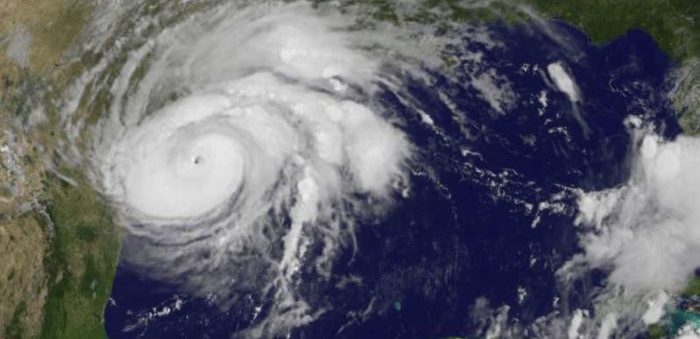According to a new analysis led by the National Center for Atmospheric Research (NCAR), in the weeks before Hurricane Harvey tore across the Gulf of Mexico and plowed into the Texas coast in August 2017, the Gulf’s waters were warmer than any time on record. This fueled Hurricane Harvey.
The study was published in the journal Earth’s Future, a publication of the American Geophysical Union. It was funded by the U.S. Department of Energy and by the National Science Foundation.
[smlsubform prepend=”GET THE SAFETY4SEA IN YOUR INBOX!” showname=false emailtxt=”” emailholder=”Enter your email address” showsubmit=true submittxt=”Submit” jsthanks=false thankyou=”Thank you for subscribing to our mailing list”]
The team compared temperatures in the upper 160 meters (525 feet) of the Gulf before and after the storm using data collected by Argo, a network of autonomous floats that measure temperature as they move up and down in the water. To measure rainfall over land, the scientists used a new NASA-based international satellite mission, called Global Precipitation Measurement.
As hurricanes move over the ocean, their strong winds hit the sea surface, making it easier for water to evaporate. The process of evaporation also requires energy from heat, and the warmer the temperatures are in the upper ocean and at the ocean surface, the more energy is available.
As the storm progresses, evaporating water as it goes, it leaves a cold wake in its path. In the case of Hurricane Harvey, the scientists found the cold wake was not very cold. So much heat was available in the upper layer of the ocean that, as the surface temperature was cooled from the storm, heat from below rewarmed the surface waters and continuing to feed the storm.
The scientists measured the total loss in ocean heat, because of evaporation, as the storm moved over the Gulf. They also measured the latent heat released over land as the water vapor turned back into liquid water and fell as rain. They then compared those two measurements and found that they corresponded.
Lead author Kevin Trenberth, an NCAR senior scientist, noted:
We know this threat exists [supercharged hurricanes], and yet in many cases, society is not adequately planning for these storms. I believe there is a need to increase resilience with better building codes, flood protection, and water management, and we need to prepare for contingencies, including planning evacuation routes and how to deal with power cuts.
See more details in the PDF herebelow































































